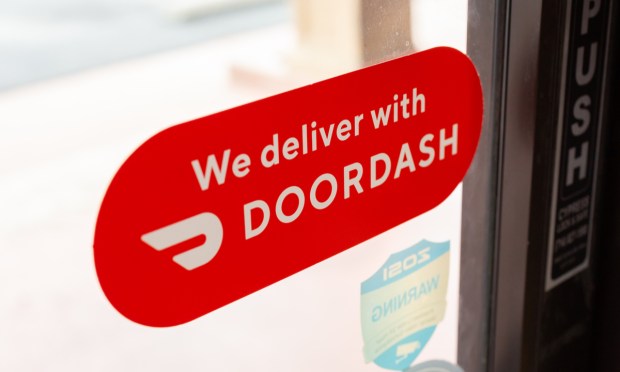DoorDash Adds SNAP EBT Acceptance to Win Low-Income Shoppers’ Grocery Loyalty

In an effort to gain share of consumers’ grocery spending both from traditional brick-and-mortar grocers and from aggregator rivals such as Instacart, DoorDash is expanding its audience by adding the ability to pay via Supplemental Nutrition Assistance Program (SNAP) Electronic Benefits Transfer (EBT).
At Dash Forward 2023, a virtual event Tuesday (June 27) celebrating DoorDash’s 10th anniversary, Rajat Shroff, the aggregator’s head of product and design, announced the addition of the ability to accept these payments.
“We’re continuing our commitment to make grocery delivery even more affordable and accessible with the launch of SNAP EBT online payment on DoorDash for grocery delivery with top grocers including Safeway, Albertsons, Meijer, Aldi and 7-Eleven,” Shroff said. “Through the power of our platform, enabling SNAP EBT payments can make a profound impact on reducing food insecurity and connecting people to the groceries and the essential items they need.”
The news comes on the heels of many grocers integrating these payments both into their own direct ordering channels and into their third-party storefronts. Leading grocers such as Walmart and Kroger have been adding or improving SNAP EBT payment options. Plus, top grocery aggregator Instacart has been working with the U.S. Department of Agriculture (USDA) to expand SNAP EBT access to Instacart grocery partners in all 50 states next year, with the goal of expanding these payments to all Instacart grocery partners by 2030.
Given that many consumers cannot afford to purchase groceries without these benefits, aggregators that do not add these payments (which can be complicated to accept from a tech standpoint) will lose these customers to competitors. As of March, there were 41.4 million participants in the program, per USDA data.
That said, the total pool of SNAP EBT funds has dried somewhat in recent months, after March saw the nationwide end of pandemic-related increases to the program, decreasing the average monthly benefit per SNAP recipient by about $90 per month. Grocers have felt the impact of these cuts, making it impossible for some would-be customers to afford their grocery purchases.
Online grocery platforms will not reach the mass penetration they are looking for if they can only make their offerings accessible to higher-income consumers. Research from PYMNTS’ study earlier this year, “Changes in Grocery Shopping Habits and Perception,” which drew from a survey of more than 2,400 U.S. consumers, revealed that 57% of consumers who make more than $100,000 annually purchase at least some grocery products online, and 47% of those who make $50,000-$100,000 said the same. In contrast, only 33% of those who make less than $50,000 do so.
If aggregators can make grocery delivery available to these lower-income consumers, the demand is there. In an interview with PYMNTS, Ofek Lavian, CEO of third-party payment processor (TPP) Forage, explained this demand. He noted that many SNAP EBT participants live in areas where the nearest stores do not offer healthy foods, such that grocery delivery may be one of the only ways to get the ingredients they need, and that these consumers are disproportionately likely to have disabilities, making delivery options key to accessibility. If DoorDash can reach these consumers, the market opportunity is significant.
